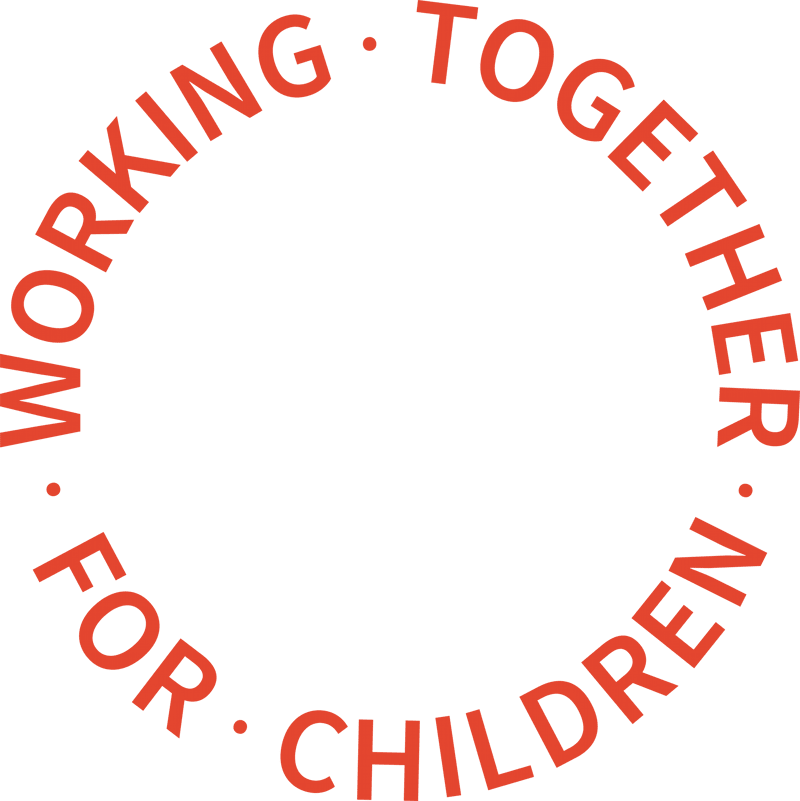Too many vulnerable children are still invisible to social care, the children’s commissioner for England has warned.
At the start of the first lockdown in March 2020, schools closed and since then more families have fallen into poverty and all the major risk factors to children – domestic violence, poor parental mental health, and alcohol/substance abuse – have been exacerbated, says a report by Anne Longfield.
The issues raised by the children’s commissioner have been of great concern to WillisPalmer since the start of the first lockdown in March 2020 and led to WillisPalmer launching our Children’s Charter.
“At the same time there has been a significant fall (by 10% compared to the last 3 years) in referrals to children’s services as children became increasingly ‘invisible’ under Covid-19. Children have been out of school for most of the year, less likely to attend health services, and are less able to access informal support like children’s centres, many of which closed or moved online throughout the year,” said the report. “Many local authorities anticipated a spike in social care referrals in September with the school return. However, this spike did not occur.”
In November 2020, referrals to children’s services were 12% lower than usual – despite schools being open at this time and where teachers were able to better identify vulnerable children who may be at risk of neglect or abuse. The current national lockdown and school closures risks even more at-risk children going undetected and not getting help.
Concerned that not all local authorities are proactively taking action to identify children who may be at risk, the children’s commissioners believes that that all local areas need to be urgently and proactively working to identify vulnerable children who are not coming to the attention of services as they would usually do. Otherwise, children at risk in increasingly harmful situations will remain invisible to the system.
The report highlights:
- Prior to the Covid-19 pandemic, there were nearly 2.2 million children in England living in households affected by the ‘toxic trio’ of family issues: domestic abuse, parental drug and/or alcohol dependency, and severe parental mental health problems. Lockdown compounded these issues for many families.
- At the same time, children became more invisible to professionals as they were not attending school between March and June. Even among vulnerable children who had a school place, attendance was low. Other services such as youth clubs, health visitors and children’s centres were stripped back or taken online.
- Between May and November, the total number of safeguarding referrals to children’s social care was 10% lower than the average for the previous three years, largely due to a fall in referrals from schools. At times during the lockdown, these were down by up to 82% compared to the same point in 2018.
- Some local authorities were therefore braced for the school return in September, expecting a surge in referrals of up to 250%.
- However, the latest data shows that referrals to children’s social care in September 2020 remained 5% lower than the three-year average of the same week across 2016-2018.
- In November, a month when schools were open to all children, referrals were 12% lower than average.
- It is expected that referrals will fall again with children out of school during the current lockdown, on top of rises in poverty and other underlying risk factors.
“It is very concerning that referral rates remain at such odds with estimates of numbers of highly vulnerable children, and these continuously low rates raise questions about whether enough action is being taken locally to locate these children who are going under the radar,” the report said.
COVID-19 heightened the need for safeguarding partners to work together to identify vulnerable children. Vulnerable children were entitled to attend school and were prioritised by professionals working with them.
The flexible definition of ‘vulnerable’ in guidance provided an important safety net however the system is still wholly reliant on certain children being noticed by professionals. Those who miss out on being classed as vulnerable become even more hidden.
Some local authorities, the report highlights, have shown great initiative in responding to falling referrals by channelling resources into different areas.
Furthermore, since March an additional £4.7 billion has been made available to councils to cover additional spending. Initiatives include awareness raising campaigns to highlight to the public what they can do if they are concerned about a child, using data to identify and monitor vulnerable children and offering early help services.
“Some areas, however, have not taken steps to proactively locate children suffering behind closed doors, and therefore appear to still be waiting for a surge of referrals to come in,” said the report. “This is particularly worrying given the further national lockdown with schools closed again, and with almost a year of disruption to education and other children’s services.”
“Some councils will have lost nine months of time that could have been spent building and strengthening referral pathways beyond schools, police and health. Council workforces have, of course, been doing outstanding work supporting children referred to them and families who proactively seek support, but these approaches are unfortunately not enough when the usual mechanisms for identifying children are not operating as usual,” the report added.
The report calls for local authorities to be properly resourced for this extra work, and while emergency Covid-19 funding has helped some councils kick off initiatives, much more is needed to sustain them and to support the newly vulnerable children who become known to them – especially given nine in 10 councils are projecting an overspend on children’s social care this year.
In addition to a reduction in safeguarding referrals, the new data highlights that 29% fewer children are entering the care system than in previous years.
“More than ever before, there is a need to build more capacity into the system, and bring brilliant people into the care system, who are skilled enough to care for children who may have been subject to harm in households far longer than they should have been. This needs to be top of mind in the upcoming independent review of the social care system ,” the report concludes.
Too many at-risk children are still invisible to social care


